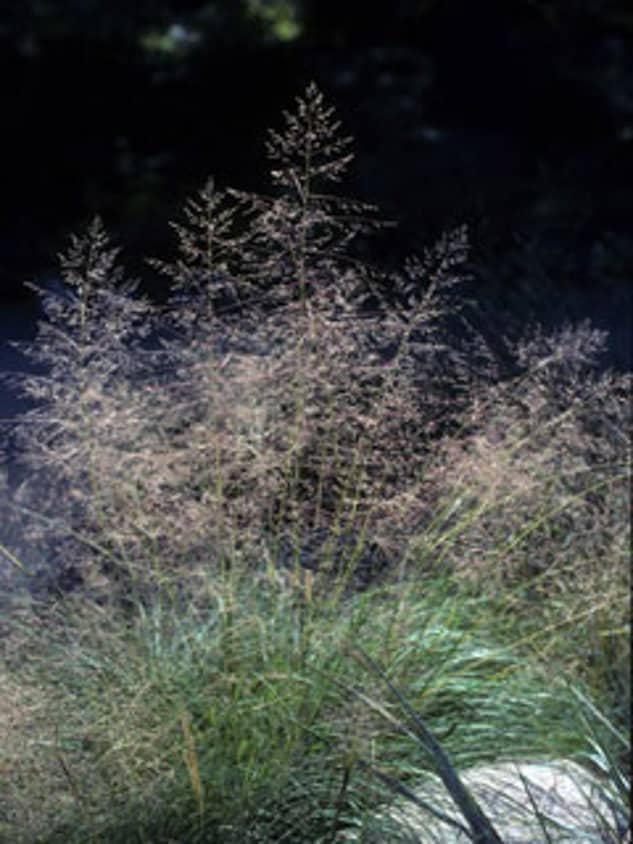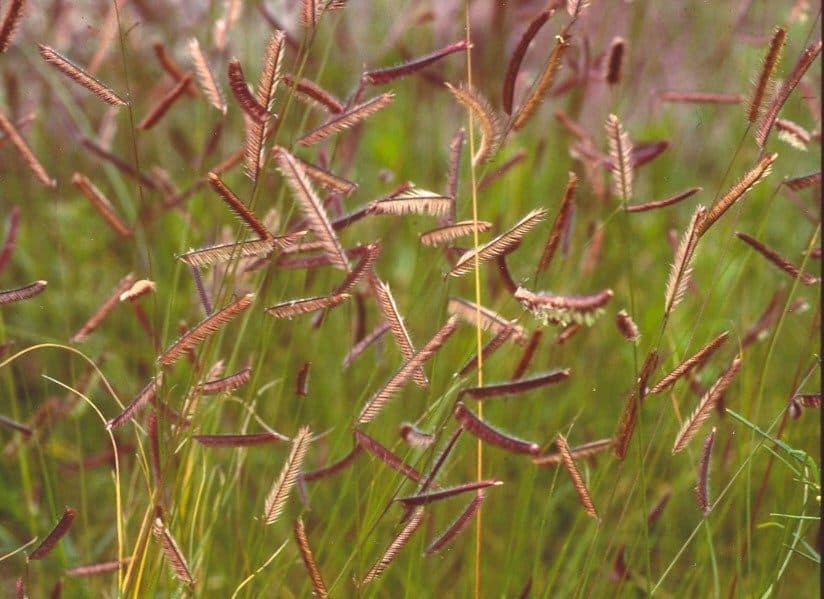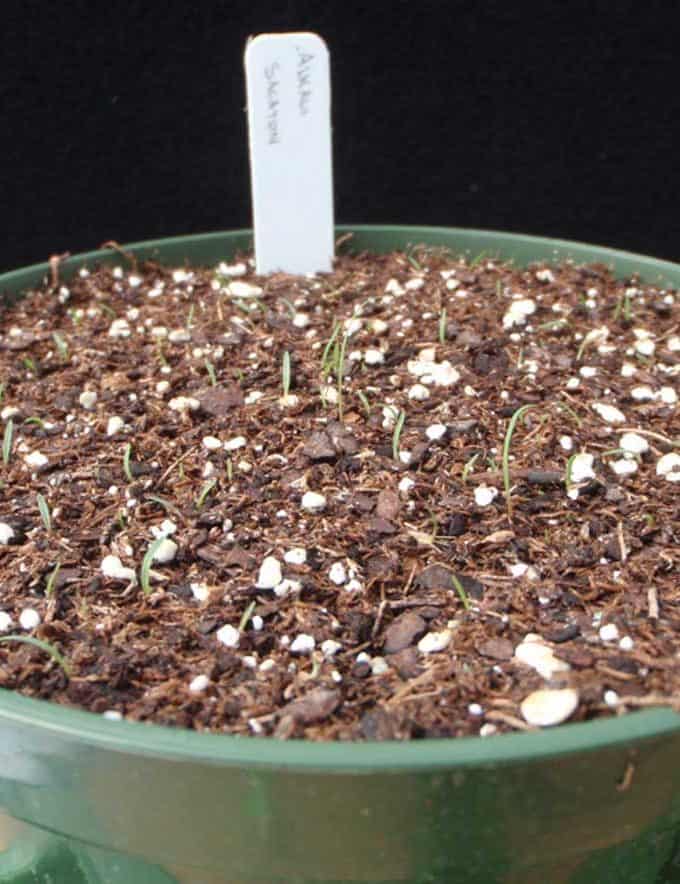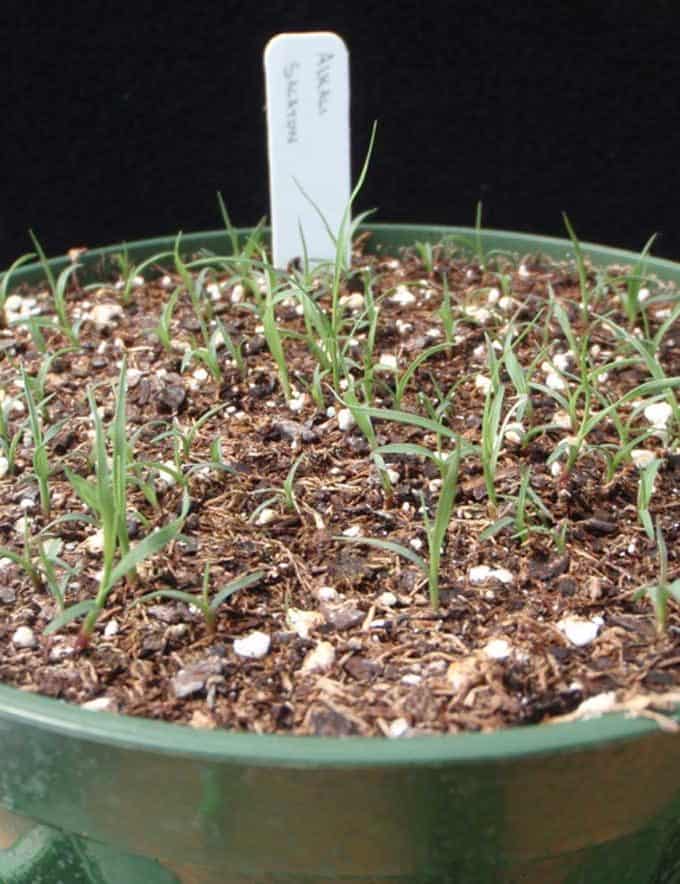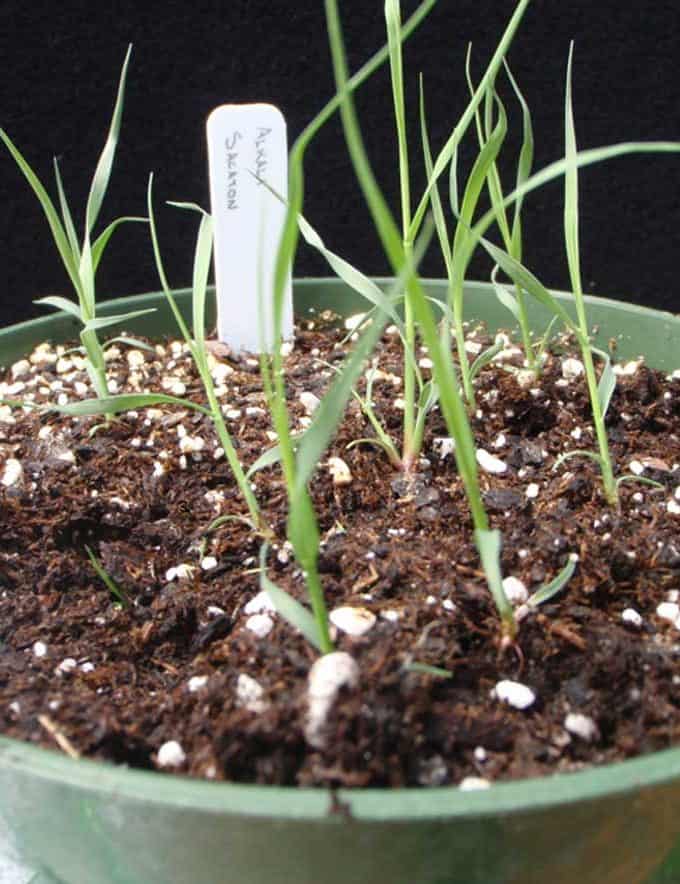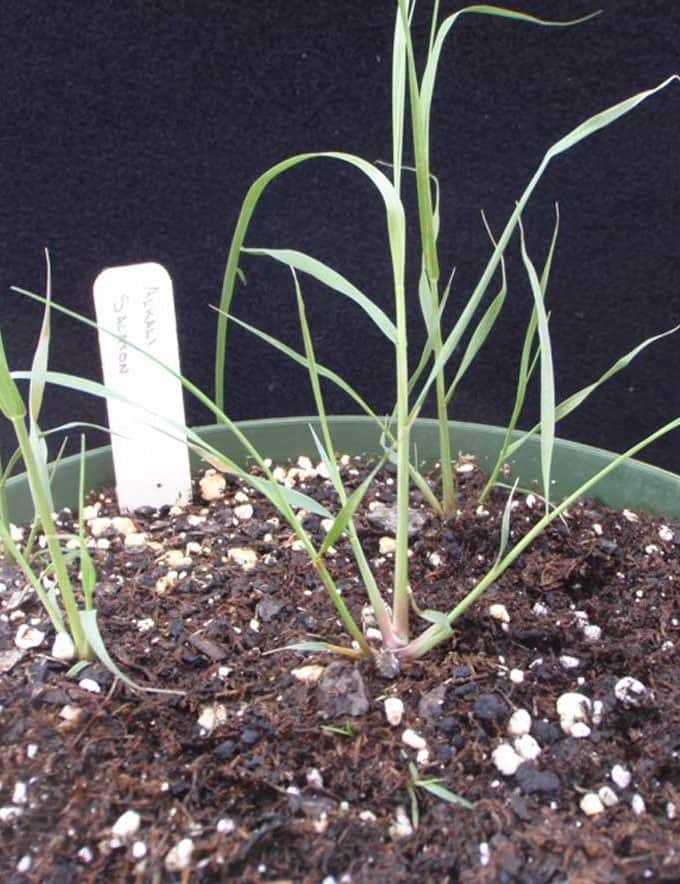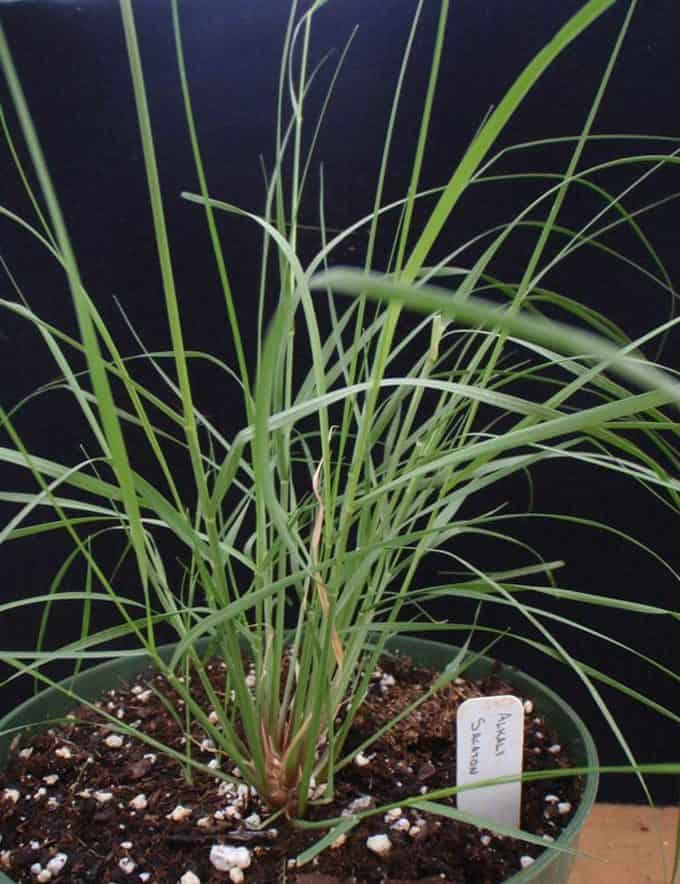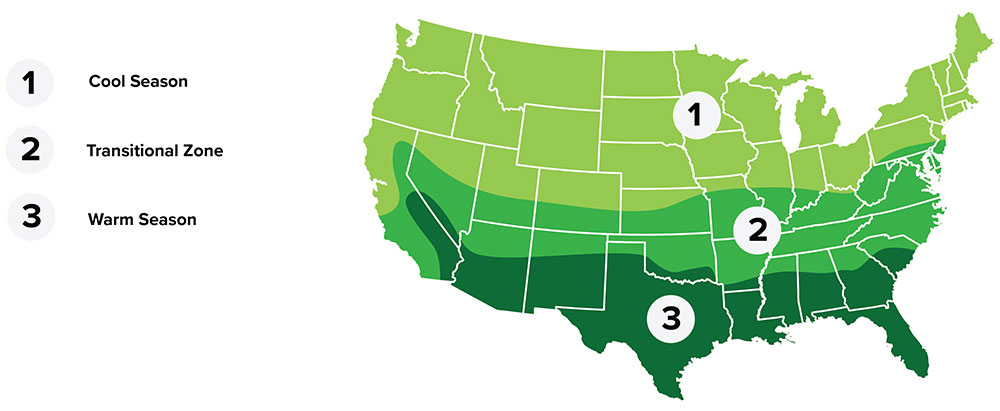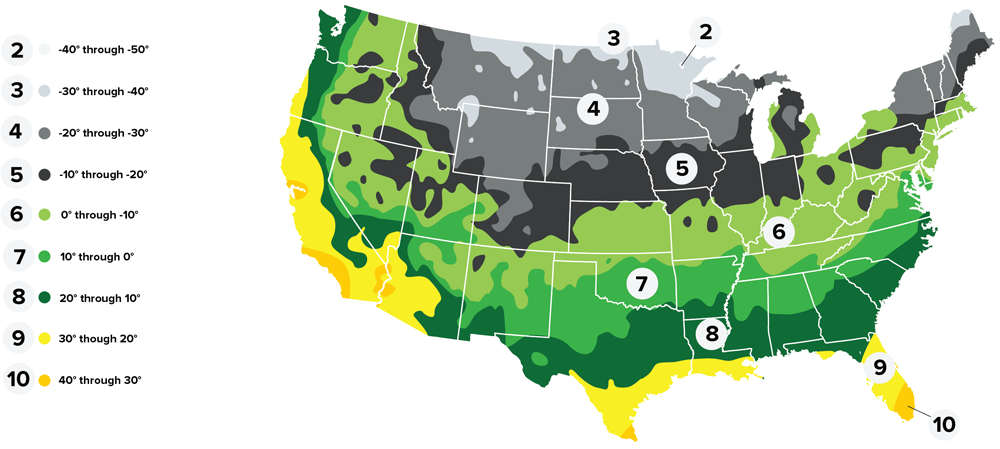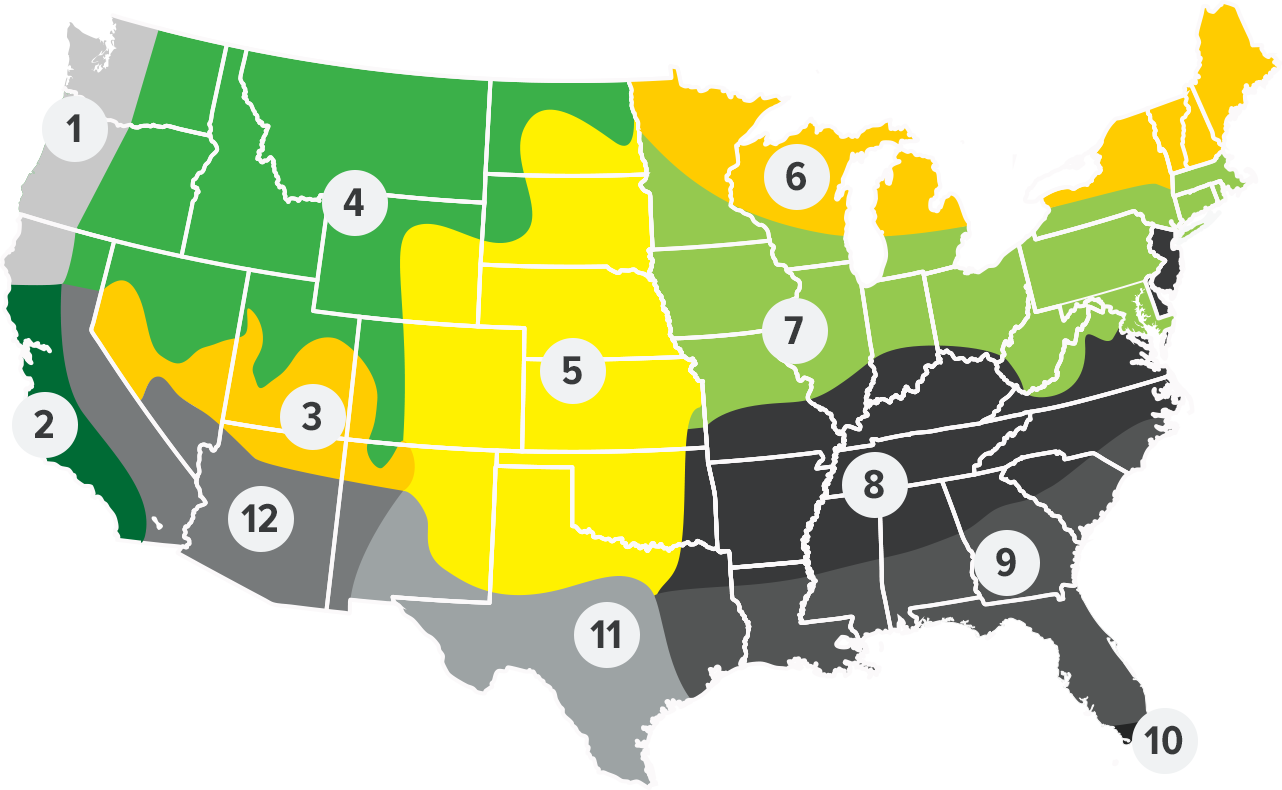Summary
Alkali Sacaton is a tough perennial native grass that is highly tolerant to drought, alkali, and saline soils. It occurs in all the western states and isolated areas in the eastern part of the U.S. Although it is very alkaline and saline tolerant it also does very well in fertile soils. The seed is very small and must be planted shallow to acquire a good stand. Frequent irrigation is required for adequate germination, however once established it can thrive in environments with less than 15 inches annual rainfall. Alkali Sacaton is generally found growing in alkaline flats, prairies, and sandy plateaus. Mature plants reach 24 to 42 inches in height and when mature have red-colored seedheads.
Plant Characteristics
Taxonomy
Zone
- Regional Growing Zone
- 1 - Northwest Coastal, 2 - California Coastal, 3 - Southern Mountain, 4 - Mountain, 5 - Midwest, 11 - South Texas, 12 - Southwest
- USDA Plant Hardiness Zones
- 2, 3, 4, 5, 6, 7, 8, 9
- Temperature Zone
- Warm, Cool, Transitional
Plant Characteristics
- Height
- 24" - 42"
- Bloom Period
- Mid-Summer
- Bloom Color
- Yellow
- Leaf Color
- Green
- Growing Cycle
- Perennial
- Growth Habit
- Bunch-Type
- Sun Requirement
- Full Sun
Plant Information
- Planting Season
- Spring - Early-Spring
- Plant Depth
- 0" - 0.125"
- Minimum Soil Temp for Germination
- 60° F
- Establishment
- Moderate
Seed Information
- Seeds Per Pound
- 1,750,000
- Kingdom
- PLANTAE
- Subkingdom
- TRACHEOBIONTA
- Super Division
- SPERMATOPHYTA
- Division
- MAGNOLIOPHYTA
- Class
- LILIOPSIDA
- Subclass
- COMMELINIDAE
- Order
- CYPERALES
- Family
- POACEAE
- Genus
- SPOROBOLUS
- Species
- SPOROBOLUS AIROIDES
Coverage Area & Available Sizes
How to Use & Apply
Alkali sacaton is found in the western half of the United States. It grows in both saline and nonsaline coarse, medium, and fine textured soils. This grass is tolerant of salinity and a broad range of pH. After establishment, alkali sacaton is tolerant of drought and water inundation. However, it is intolerant of shade and is found growing in open areas.
Applications
Due to its stress tolerance to heat and poor soils, Alkali Sacaton is an important grass for soil stabilization in tough environments where other grasses typically
fail.
Alkali Sacaton’s abundant forage is eaten by most my classes of livestock.
Alkali Sacaton makes an excellent accent plant
although it can be invasive in garden settings when mature seed is allowed to shatter
to the ground.









